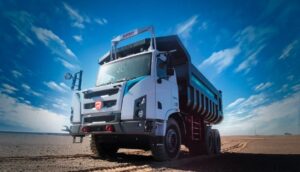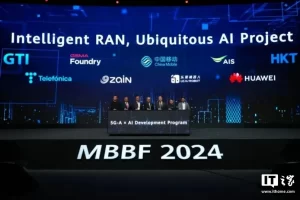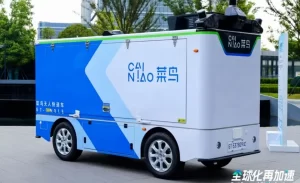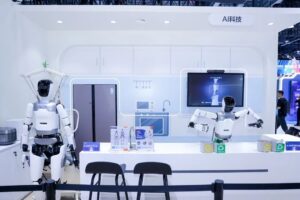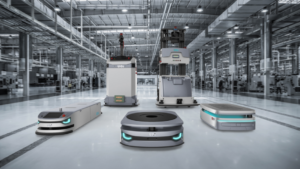With the continuous expansion of the ‘breadth’ and ‘depth’ of mobile robot applications, and to continually adapt to market demands, the technology is also constantly advancing. Based on the characteristics of end-users product requirements and the judgment of mobile robot manufacturers on future industry demand trends, we have summarized the top ten technology trends that attracting the most attention in mobile robotics in the current:
- Safety Performance of Mobile Robots in Mixed Human-Vehicle Scenarios
More and more end-users are focusing on the safety performance of robots in mixed human-vehicle scenarios, with an emphasis not just on passive safety but also on active safety.
Compared to passive safety, active safety is more concerned with predicting and avoiding potential hazards to prevent accidents, relying on advanced sensor technologies, data processing algorithms, and intelligent decision-making systems.
To achieve higher levels of active safety, mobile robot manufacturers are equipping their products with more advanced multi-modal perception systems, including high-definition cameras, LiDAR (Light Detection and Ranging), millimeter-wave radar, and ultrasonic sensors, to provide comprehensive and high-precision environmental awareness for robots.
- System Failure Due to Single Points of Failure in Mobile Robots
A single point of failure refers to the failure of a critical component or link within a system, which can lead to the entire system becoming inoperative, resulting in system failure.
System failure caused by single points of failure in mobile robots is a complex issue. Common types of single failure points include hardware, software, communication, and control failures. The causes can include unreasonable system architecture design, unreliable quality of critical components, software design defects, and inadequate maintenance.
To address this issue, mobile robot manufacturers are taking measures to reduce and mitigate it, such as optimizing system architecture design, selecting high-quality critical components, enhancing software design and testing, performing regular maintenance and upkeep, and establishing emergency response mechanisms.
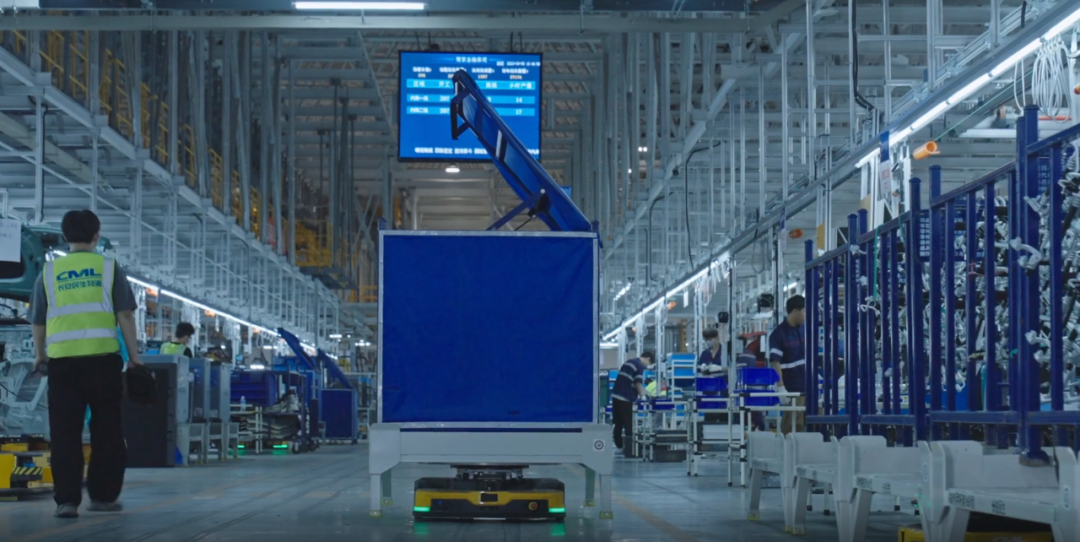
- Autonomous Recognition and Rapid Response to Dynamic and Changing Work Scenarios
With continuous technological advancements and the expansion of application scenarios, mobile robots will encounter increasingly complex and variable work environments. Autonomous recognition enables robots to accurately perceive and understand their surroundings, swiftly identifying tasks to be performed or obstacles to be avoided. This reduces the need for human intervention, thereby enhancing overall operational efficiency. Rapid response capability allows robots to quickly adjust strategies and execute new commands in the face of unexpected situations or environmental changes, preventing task interruptions or delays.
To improve the two capabilities, mobile robots must focus on enhancing environmental perception, improving data processing and recognition capabilities, optimizing decision-making and control algorithms, strengthening adaptability and robustness, and continuously optimizing and iterating.
- Application of Mobile Robots in Confined Spaces
As land costs rising, the warehousing and industrial production sectors are facing unprecedented spatial pressures, driving an urgent need for higher storage density and more efficient operational processes. In this context, the demand for mobile robots in confined spaces is increasing, placing higher demands on their performance and technical capabilities.
For example, to address the challenges of confined spaces, mobile robots need to adopt a compact design to minimize size and footprint. Additionally, they must possess flexible mobility to navigate various complex terrains and narrow passageways. To perform precise operations in confined spaces, mobile robots also need to be equipped with advanced high-precision navigation and positioning systems.
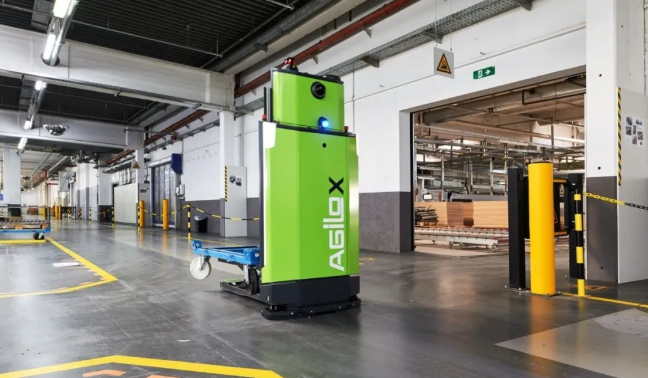
- Rapid and Simple On-Site Deployment
For end-users, time is money. Rapid deployment of mobile robots means they can be put into operation more quickly, thus shortening production cycles and improving overall efficiency.
For mobile robot manufacturers, project deployment represents costs and complex deployment processes often come with high costs, including labor, time, and potential error costs. Achieving rapid and simple on-site deployment can significantly reduce these costs and improve the economic benefits of the project.
Therefore, for both end-users and mobile robot companies, rapid and simple on-site deployment can maximize economic benefits and promote deeper application of mobile robots.
- Achieving Better Dynamic Path Planning
Dynamic path planning for mobile robots involves calculating and adjusting the optimal path in real time, based on the current distribution of obstacles, traffic conditions, and task priorities in a constantly changing environment. The key challenges in dynamic path planning include environmental dynamics and uncertainty, real-time requirements, multiple constraints, algorithm complexity, and computational resources.
To address these challenges, the industry is continuously developing new algorithms and technologies. For example, artificial intelligence techniques such as reinforcement learning and deep learning are being used to enhance the real-time performance and intelligence of algorithms. Multi-objective optimization algorithms and heuristic search algorithms are being combined to improve path-planning performance. Simulation platforms are being utilized to validate and optimize these algorithms too.
- Autonomy and Flexibility of Mobile Robots
The autonomy and flexibility of mobile robots are key aspects of their core technology. Enhancing autonomy and flexibility will significantly expand the application boundaries of mobile robots, enabling them to handle more diverse and complex tasks and environments.
Improving the autonomy and flexibility of mobile robots requires advancements in several areas, including perception technology, intelligent decision-making, modular design, multimodal interaction, adaptive control algorithms, and high-performance hardware and software optimization. For example, sensor fusion can provide robots with richer external information, while reinforcement learning algorithms can optimize behavioral strategies through continuous trial and error, enhancing decision-making capabilities in complex environments.
- Extensibility of Single Vehicle and Scalability of System
The extensibility of single vehicle refers to the ability to expand functionality based on specific needs. For instance, by adding various end-effectors (such as robotic arms or grippers), the robot can perform a wider range of material handling and processing tasks,and adapt flexibly to different work environments and production line layouts.
System scalability includes expanding system scale, integrating functions, flexible configuration, and intelligent upgrades. For example, systems can be scaled according to actual needs. As production scales up, the number of AGV (Automated Guided Vehicle) units can be gradually increased to meet greater material handling and production line integration requirements. AGV systems can be integrated with other automation equipment (such as automated warehouses and production lines), forming larger-scale automated logistics and production systems.
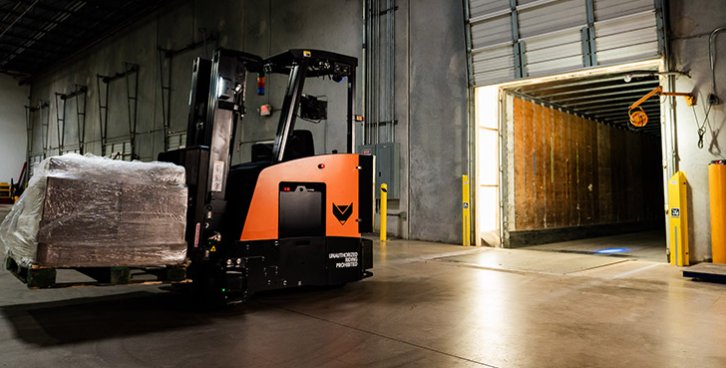
- High Compatibility: Application of Different Types and Brands of Robots in the Same Scenario
Achieving compatibility among different brands and types of AGVs (Automated Guided Vehicles) in the same scenario is crucial for improving production efficiency and flexibility, reducing investment and operational costs, fostering technological innovation and upgrades, and enhancing system stability and reliability. AGVs of different brands and types can work together within the same system without additional conversions or adjustments, improving the coherence and efficiency of production processes.
One key prerequisite for enhancing the compatibility of mobile robot products is the establishment of unified standards and specifications. Under the organization of the CMR (China Mobile Robotics) Industry Alliance Standards Committee, standards such as the “Data Communication Interface Specifications for Industrial Application Mobile Robots” and the “Data Interface Specifications for Industrial Application Mobile Robots and Their Scheduling Systems” have been released.
- Organic Integration of Modular and Customized Design
Modular design allows AGVs to be flexibly configured and upgraded according to different needs, while customized design meets the specific requirements of various industries and enterprises, enhancing product adaptability and competitiveness.
Balancing modularity and customization in mobile robots requires considering multiple aspects, including market demand, customer requirements, product design, manufacturing, and standardization. This can be achieved by integrating modular and customized approaches in product design and production. First, determine a combination of universal modules and customized modules based on market and customer needs. Then, proceed with production, manufacturing, and installation according to this combination scheme.
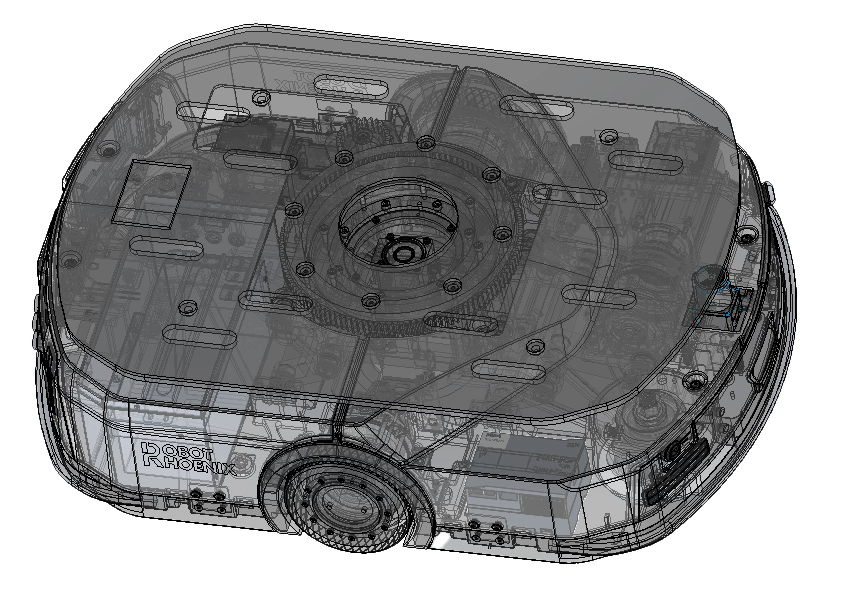
Looking ahead, mobile robot technology will continue to make significant strides in innovation and application. With ongoing breakthroughs and integration in key technologies such as autonomous navigation, the Internet of Things (IoT), artificial intelligence (AI), and machine learning, mobile robots will become increasingly intelligent and autonomous, capable of handling more complex and dynamic tasks. At the same time, advancements in modular design, customizable services, and safely environmental sustainability concepts will make mobile robots more aligned with market demands, being a key force in industrial upgrading and smart manufacturing. We believe that soon, mobile robots will be ubiquitous, serving human society in more efficient, flexible, and intelligent ways, ushering in a new era of intelligence.



